Changes in breeding wader populations of the Uist machair and adjacent habitats between 1983 and 2022

Author(s): Calladine, J., Fuller, R., Hodkinson, D., Franks, S. & Boyle, J.
Published: June 2023
Journal: Scottish Birds Volume: 43 ( part 2 )
Periodic surveys of machair and associated habitats on the west coast of North Uist, Benbecula and South Uist have documented marked changes in the composition of an important breeding wader assemblage. Within the study area of there was a 25% decline in the total number of breeding waders recorded between 1983 and 2022.
Abstract
Periodic extensive surveys of machair and associated habitats on the west coast of North Uist, Benbecula and South Uist have documented marked changes in the composition of an important breeding wader assemblage. Within a study area of 123 km2 there had been a 25% decline in the total number of breeding waders recorded between 1983 and 2022. Dunlin and Ringed Plover had shown the most marked declines while Oystercatcher and Redshank both increased. Changes in breeding numbers up to 2014, the date of the previous extensive survey, had tended to be more negative in a southern zone (South Uist and Benbecula) where introduced Hedgehogs are important predators of wader eggs. However, changes between 2014 and 2022 were less clearly defined between areas with and without Hedgehogs, with some marked declines in a northern zone without Hedgehogs (North Uist and Berneray) and also in Benbecula. By comparison, there was a general pattern of increasing or stable numbers on South Uist. At a time when populations of breeding waders are declining across much of Britain, the assemblage remains exceptionally important with an average of about 66 apparent pairs of breeding waders per km2 across the survey area in 2022. There is a need to better understand the different drivers of change, for example land-use and predation.
Notes
We thank NatureScot for funding to cover travel and accommodation and for arranging access for the survey with the South Uist Estate, North Uist Estate, Bays of Harris Estate and associated township clerks and crofters. Fieldwork was carried out by Bea Ayling, Chris Bingham, Claire Bird, Colin Campbell, Kenna Chisholm, Alice Edwards, Liz Edwards, Ian Francis, Nicky Francis, David Jarrett, Simon Mclaughlin, Alison MacLennan, John Marchant, Isabel Morgan, Paul Noyes, Ben Oliver-Jones, Rob Robinson, Norrie Russell, Jane Shadforth, Jen Smart, Mark Smart, Chris Waltho, Mark Wilson and the authors. We especially thank those surveyors who participated in their own time and the RSPB for facilitating their staff’s participation.Staff Author(s)


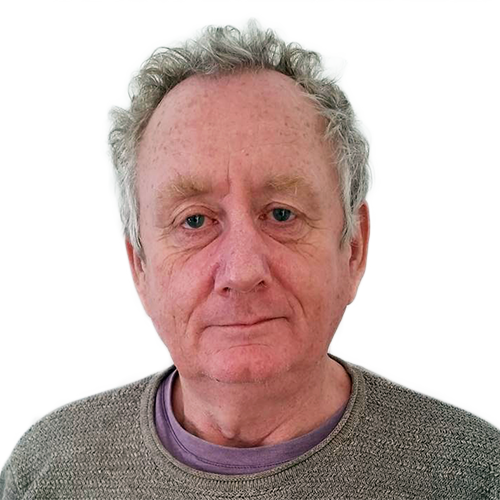
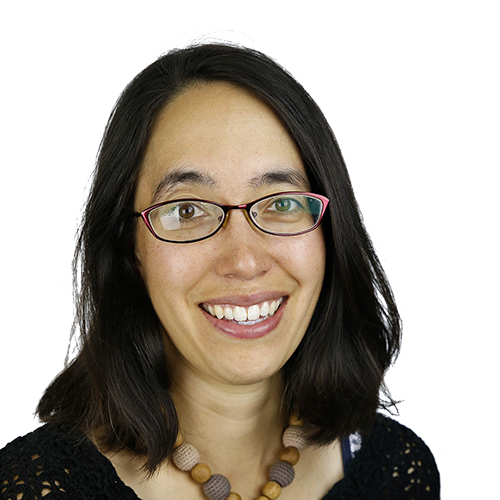
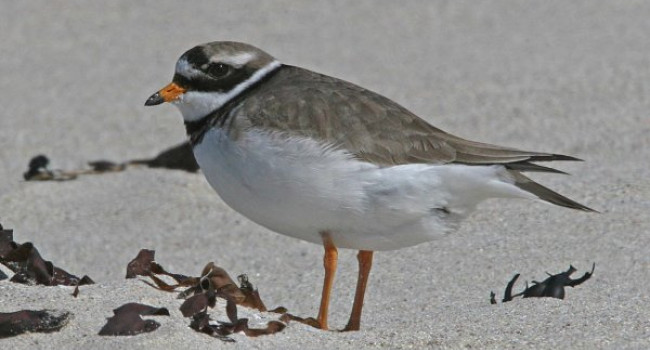
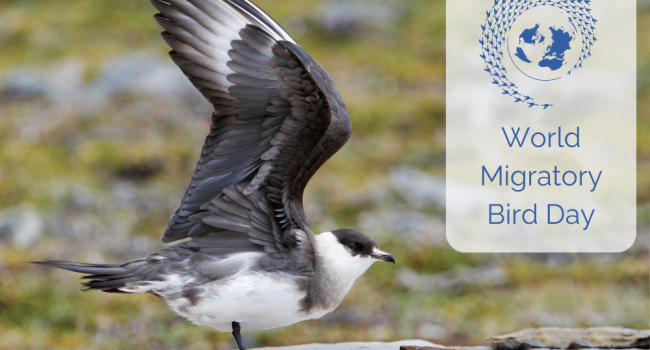
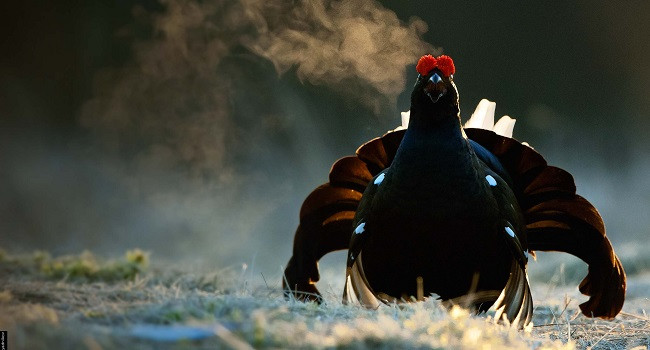

Share this page